May 15, 2019
David Bowie – Life On Mars? (Official Video)
Posted by Quinn Sena in categories: alien life, media & arts
O.o.
Official video for Life On Mars? by David Bowie.
Continue reading “David Bowie – Life On Mars? (Official Video)” »
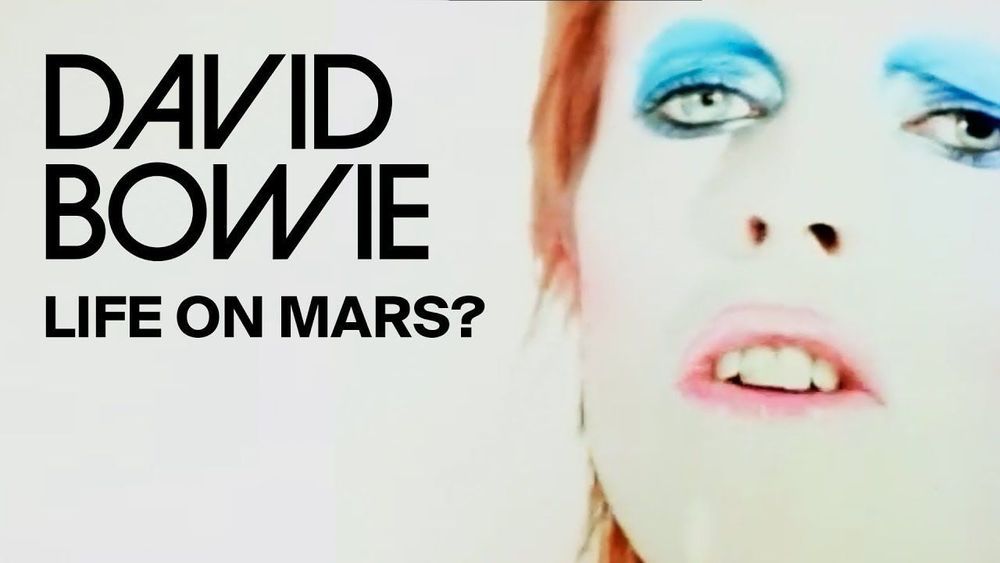
O.o.
Official video for Life On Mars? by David Bowie.
Continue reading “David Bowie – Life On Mars? (Official Video)” »
Videogames show us how digital media in general lend themselves easily to flow. For flow experiences often depend on repetitive actions, which contribute to the feeling of engagement and absorption that Csikszentmihalyi describes, and videogames—like all interactive computer interfaces, indeed like virtually all computer programs—operate on the principle of repetition. The user becomes part of the event loop that drives the action: her inputs to the controller, mouse, or keyboard are processed each time the computer executes the loop and are displayed as actions on the screen. The user not only experiences flow, she actually becomes part of the program’s flow. This is true, if in different ways, for applications throughout digital culture, such as YouTube, Facebook, and Twitter.
The most prominent and popular social media platforms appeal to their hundreds of millions of users in part through the mechanism of flow. The stereotype, which contains some grain of truth, is that flow culture is youth culture. Young people spend their days immersed in flows of text messages, tweets, Facebook posts, and streaming music, while older adults prefer to experience their media one at a time. For example, a Pew Research survey from 2012 showed that almost half of all adults between ages 18 and 34 use Twitter, whereas only 13 percent of adults over age 55 do. The younger you are, the more likely you are to multitask: those born after 1980 do so more than Generation X, which does so much more than the baby boomers.
Each of the genres of social media provides a different flow experience. YouTube, for example, remediates television and video for the World Wide Web. A typical YouTube session begins with one video, which the user may have found through searching or as a link sent to her. The page that displays that video contains links to others, established through various associations: the same subject, the same contributor, a similar theme, and so on. Channel surfing on traditional television can be addictive, but the content of one channel tends to have little to do with that of the next. YouTube’s lists of links and its invitation to search for new videos give the viewer’s experience more continuity, with the opportunity to watch an endless series of close variants.
Continue reading “How the Videogame Aesthetic Flows Into All of Culture” »
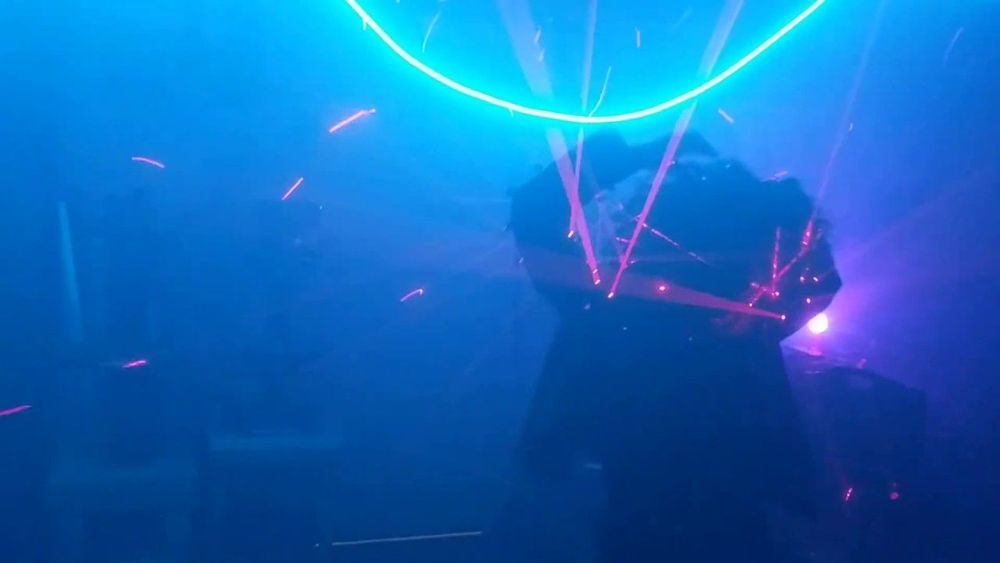
Depending on who you talk to, everything is either fine, or we’re living in an oppressive cyberpunk dystopia in which we forgot to drench everything in colored neon lighting. There’s little to be done about the digital surveillance panopticon that stalks our every move, but as far as the aesthetic goes, [abetusk] is bringing the goods. The latest is a laser jacket, to give you that 2087 look in 2019.
The build starts with a leather jacket, which is festooned with 128 individual red laser diodes. These are ganged up in groups of 4, and controlled with 32 individual PWM channels using two PCA9685 controllers. An Arduino Nano acts as the brains of the operation, receiving input from a joystick and a microphone. This allows the user to control lighting effects and set the jacket to respond to sounds and music.
Continue reading “We Were Really Overdue For Laser Jackets” »
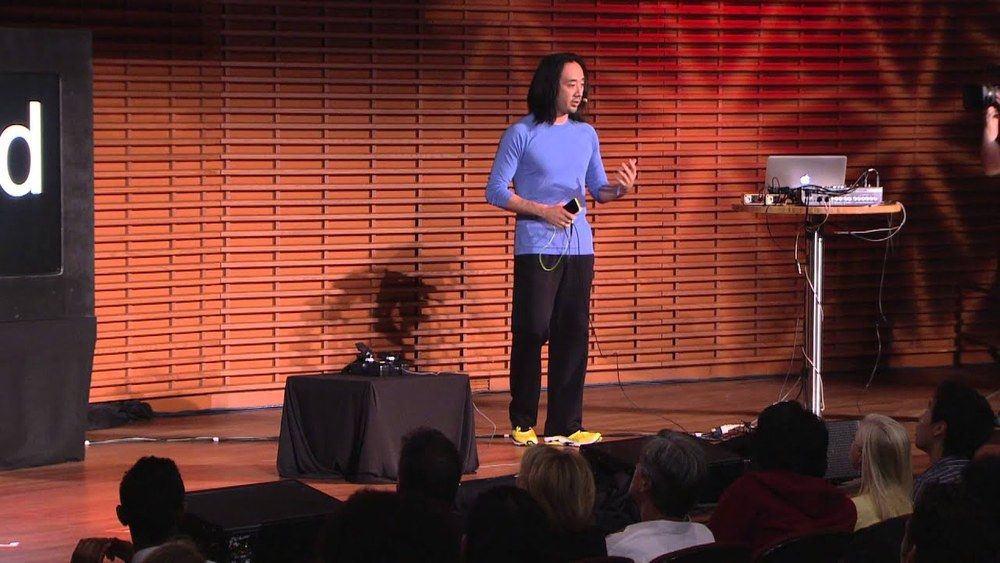
Art for humanity via technology, for the music geek in you Enjoy:-)
Ge Wang is an assistant professor at Stanford’s Center for Computer Research in Music and Acoustics (CCRMA).
His research focuses on programming languages and interactive software design for computer music, mobile and social music, laptop orchestras and education at the intersection of computer science and music. Wang is the author of the ChucK audio programming language, as well as the founding director of the Stanford Laptop Orchestra (SLOrk) and the Stanford Mobile Phone Orchestra (MoPhO). He is also the co-founder of Smule (which makes social music making apps and has over 100 million users) and the designer of the iPhone’s Ocarina and Magic Piano.
Continue reading “THIS is computer music: Ge Wang at TEDxStanford” »
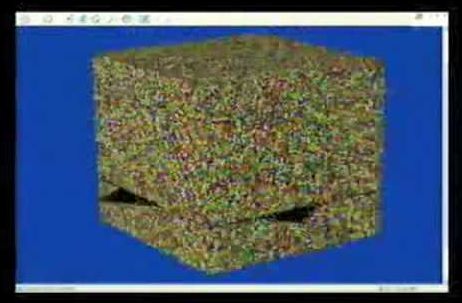
The biggest rubik’s cube… ever, being solved by a computer.
Please watch the new updated video instead (unless you really enjoy YouTube’s AudioSwap music): https://www.youtube.com/watch?v=0cedyW6JdsQ
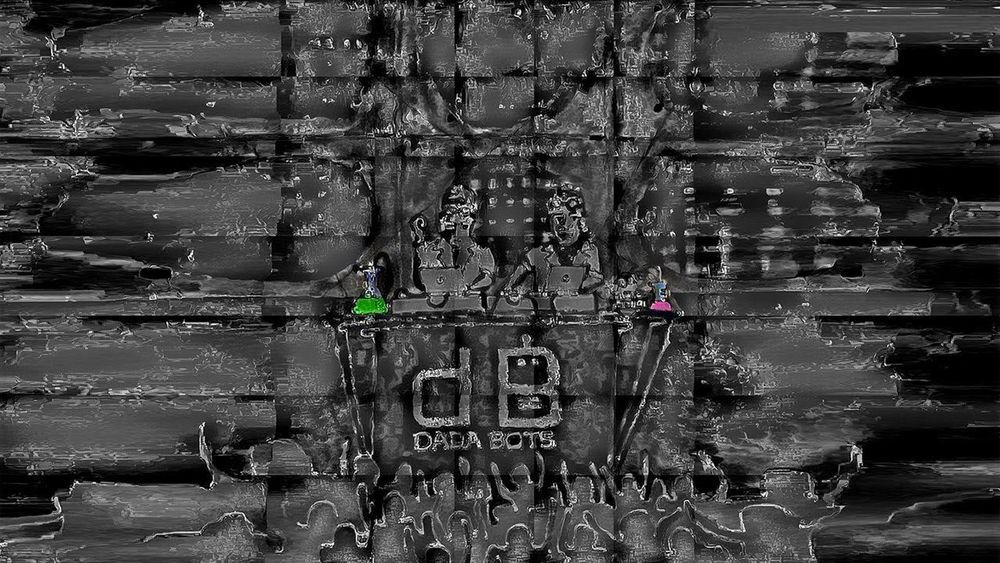
This particular version of Dadabots has been trained on real death metal band Archspire, and Carr and Zukowski have previously trained the neural network on other real bands like Room For A Ghost, Meshuggah, and Krallice. In the past, they’ve released albums made by these algorithms for free on Dadabots’ Bandcamp — but having a 24/7 algorithmic death metal livestream is something new.
Carr and Zukowski published an abstract about their work in 2017, explaining that “most style-specific generative music experiments have explored artists commonly found in harmony textbooks,” meaning mostly classical music, and have largely ignored smaller genres like black metal. In the paper, the duo said the goal was to have the AI “achieve a realistic recreation” of the audio fed into it, but it ultimately gave them something perfectly imperfect. “Solo vocalists become a lush choir of ghostly voices,” they write. “Rock bands become crunchy cubist-jazz, and cross-breeds of multiple recordings become a surrealist chimera of sound.”
Continue reading “This live stream plays endless death metal produced by an AI” »
The idea is to give craftspeople the tools they need to incorporate digital services to the items they’re already making. Poupyrev made it clear that he doesn’t want fundamentally change tried and tested items, like a jacket, into a computer first, and an article of clothing second. He wants to imbue everyday items with digital functionality.
In its final form, Poupyrev envisions clothing, furniture, and accessories that are all connected to the cloud, each providing their own, specialized functionality. Users will interact with screens using their sleeves and pause their music by tapping their glasses. Step trackers will live in our shoes, translators will live in our ears, and medicinal nano-robots could be injected into our blood streams. The very notion of a computer will radically change as little computers get placed into everything.
“This could allow makers to image and create a new world where things are connected and we don’t need keyboards, screens, or mice to interact with computers,” he said. “I’ve been working on this for 20 years and as it’s taken shape I’m realizing that we’re not building an interface. We’re building a a new kind of computer, an invisible computer.”
Continue reading “This Tic-Tac-Sized Computer Can Turn Almost Anything Into a Smart Device” »

When artificial intelligence systems start getting creative, they can create great things – and scary ones. Take, for instance, an AI program that let web users compose music along with a virtual Johann Sebastian Bach by entering notes into a program that generates Bach-like harmonies to match them.
Run by Google, the app drew great praise for being groundbreaking and fun to play with. It also attracted criticism, and raised concerns about AI’s dangers.

White Rabbit
Recorded Live: 11/8/1975 — Winterland — San Francisco, CA
More Jefferson Starship at Music Vault: http://www.musicvault.com
Personnel:
Grace Slick — vocals
Paul Kantner — vocals, guitar
Marty Balin — vocals, percussion
David Frieberg — keyboards, bass, vocals.
Craig Chaquico — lead guitar
Pete Sears — bass, piano
Johnny Barbata — drums, vocals (on track #4)
Continue reading “Jefferson Starship — White Rabbit — 11/8/1975 — Winterland (Official)” »
Lasers have been used to send targeted, quiet messages to someone from several meters away, in a way that no one nearby would be able to hear.
How it works: To send the messages, researchers from MIT relied upon the photoacoustic effect, in which water vapor in the air absorbs light and forms sound waves. The researchers used a laser beam to transmit a sound at 60 decibels (roughly the volume of background music or conversation in a restaurant) to a target person who was standing 2.5 meters away.
A second technique modulated the power of the laser beam to encode a message, which produced a quieter but clearer result. The team used it to beam music, recorded speech, and various tones, all at conversational volume. “This can work even in relatively dry conditions because there is almost always a little water in the air, especially around people,” team leader Charles M. Wynn said in a press release. Details of the research were published in Optics Letters.
Continue reading “Lasers can send a whispered audio message directly to one person’s ear” »
